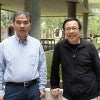
Physicists find evidence of new quantum phase
Rice physicists collaborated on the discovery of a quantum phase that appears to break time-reversal symmetry.

Physicists find evidence of new quantum phase
Rice physicists collaborated on the discovery of a quantum phase that appears to break time-reversal symmetry.
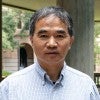
Rice physicist Pengcheng Dai wins superconductivity award
Rice University physicist Pengcheng Dai and two European physicists have won the 2022 Heike Kamerlingh Onnes Prize, one of the leading awards for experimental research in superconductivity.
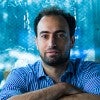
NSF funds Rice effort to measure, preserve quantum entanglement
Rice University physicist Guido Pagano has won a prestigious CAREER award from the National Science Foundation (NSF) to study quantum entanglement and develop new error-correcting tools for quantum computation.
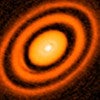
Earth isn’t ‘super’ because the sun had rings before planets
Before the solar system had planets, the sun had rings — bands of dust and gas similar to Saturn’s rings — that likely played a role in Earth’s formation, according to a new study.

A-list candidate for fault-free quantum computing delivers surprise
Superconducting uranium ditelluride is a promising material in the race to create fault-tolerant quantum computers, but physicists are rethinking how superconductivity arises in the material in light of puzzling new experimental evidence in this week’s issue of Nature.

Rice astronomer available to discuss James Webb Space Telescope
Rice astronomer Patrick Hartigan is available to comment on the launch of the James Webb Space Telescope.

Rice’s Technology Development Fund backs faculty projects
Nine projects proposed by Rice researchers have been granted seed funding by Creative Ventures' Technology Development Fund.
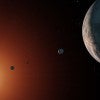
Orbital harmony limits late arrival of water on TRAPPIST-1 planets
Seven Earth-sized planets orbit the star TRAPPIST-1 in near-perfect harmony, and U.S. and European researchers have used that harmony to determine how much physical abuse the planets could have withstood in their infancy.
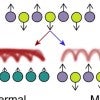
Rice prof’s Nature paper details unique quantum phenomenon
Rice physicist Guido Pagano is part of a team reporting in Nature on the discovery of a new phenomenon in quantum systems.
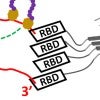
Prions may channel RNA’s messages
Prions, aggregates implicated in neurological diseases, may also have an important function in helping regulate the transcription of messenger RNA in memory formation.

US future in astronomy subject of survey
The United States’ investment in astronomy is the subject of tomorrow’s long-awaited ASTRO2020 survey, an influential report issued every decade by the National Academies of Science, Engineering and Medicine to identify the nation’s most compelling astrophysics goals.
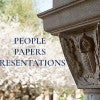
People, papers and presentations for Oct. 18, 2021
People, papers and presentations for Oct. 18, 2021

People, papers and presentations for Oct. 11, 2021
People, papers and presentations for Oct. 11, 2021
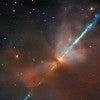
Best yet to come for stellar jet researchers
New findings about stellar jets also provide a path forward for astronomers awaiting launch of the James Webb Space Telescope.
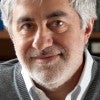
American Chemical Society honors Gustavo Scuseria
Rice University’s Gustavo Scuseria wins the American Chemical Society Award in Theoretical Chemistry.